Tree Root Systems: Learn About Problem Tree Roots
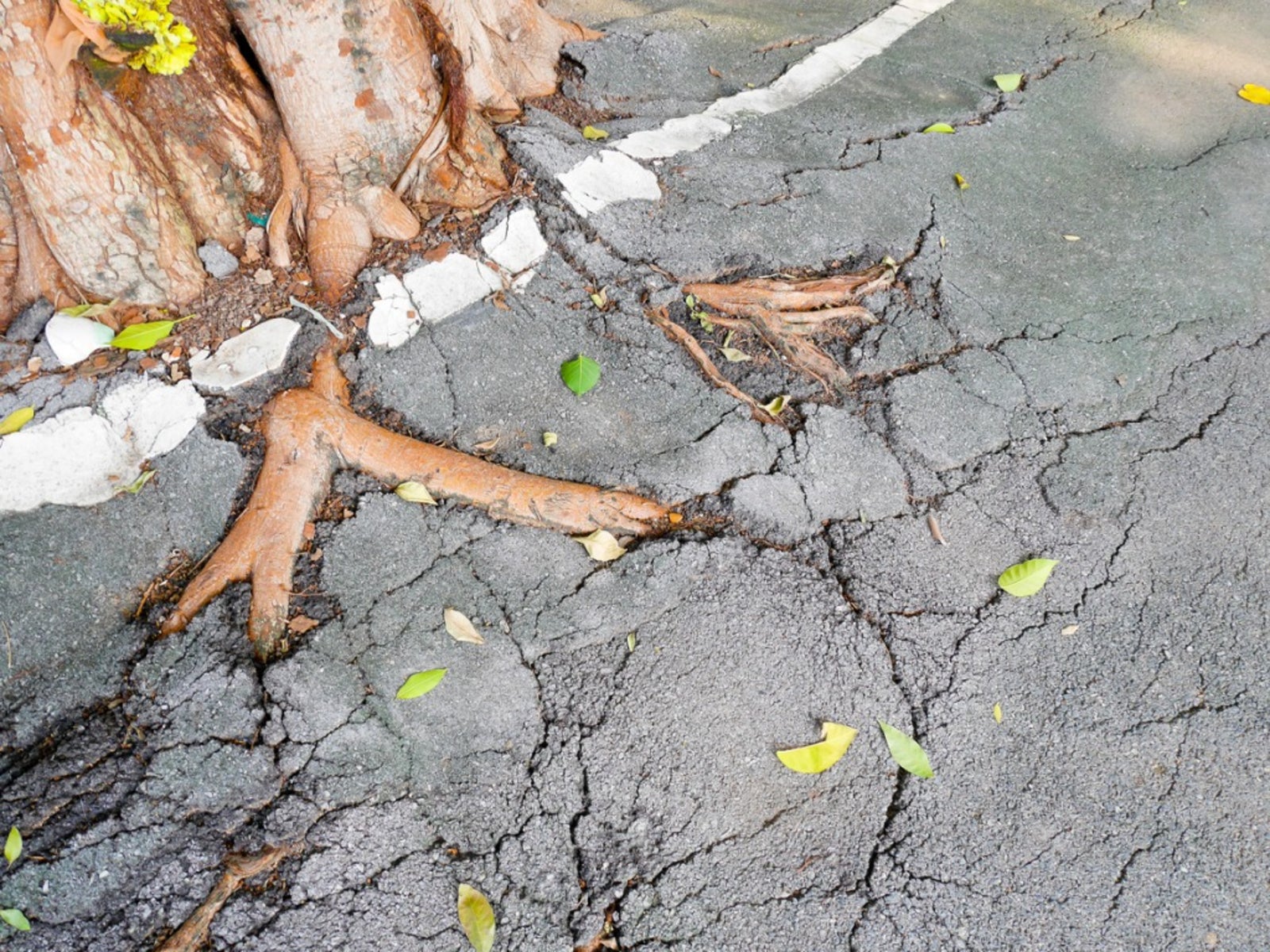

Invasive tree roots are a common problem for homeowners and in commercial settings. They interfere with streets and sidewalks, sneak into septic lines, and cause trip hazards. Tree root problems are not always solved by the removal of the tree, as the stump or remaining roots may continue to grow. It is best to look at the type of tree and the suckering ability of its roots beforehand and then deal with the issue on a case-by-case basis.
Understanding Tree Root Systems
Trees use their roots to provide stability and gather water and nutrients. The types of tree root systems vary from shallow to deep, wide to narrow. Some have massive taproots and little peripheral root growth. Others, such as many conifers, have extensive root masses that spread far out from the base of the tree in search of resources. These types of trees have deeper spreading roots and surface feeder roots. Feeder roots branch and send out smaller growths to capture every bit of water and food for the plant. Surface roots that grow large can break the surface of the soil and cause tree root problems.
Tree Root Problems
Tree maintenance difficulties and safety are two primary root issues. Large root structures prevent mowing and other activities, and may pose a walking hazard. Roots crack and crumble cement and concrete and may even damage building foundations if the plant is too close to a structure. One of the most common tree root problems is introduction into plumbing or sewer systems. Invasive tree roots are seeking nutrients and water and such pipes draw them in for the growth. Once inside the pipes, they cause leaks and plug up the line. This poses an expensive and extensive repair that most homeowners would like to avoid.
Problem Tree Roots and Planting
Of course, hindsight is 20-20 and it is best to choose plants that have well controlled root systems in your garden. However, sometimes you purchase a home with existing trees or you might be uninformed when you install a problem plant. Knowledge about problem tree roots and planting only those with non-invasive root systems is the ideal situation. Some tree root systems such as Japanese fir, Acacia, and Vine maples are considered minimally invasive. CalPoly's Urban Forests Ecosystems Institute has a list of other plants with low root damage potential and other attributes to help you avoid tree root problems.
How to Control Invasive Roots
The repair costs from invasive tree roots can add up. The wise homeowner should learn how to control invasive roots to avoid and minimize these problems. Tree removal is often the only answer and the stump should be ground to prevent the continued growth of roots. If you cannot afford stump grinding, drill holes in the stump and cover it with soil or fill them with a stump decay accelerator. Install a root barrier around young trees at a depth of 18 to 24 inches (46-61 cm.) in a trench around the root zone. Again, the best method to prevent tree root problems is prevention, proper tree selection, and location.
Gardening tips, videos, info and more delivered right to your inbox!
Sign up for the Gardening Know How newsletter today and receive a free copy of our e-book "How to Grow Delicious Tomatoes".

Bonnie Grant is a professional landscaper with a Certification in Urban Gardening. She has been gardening and writing for 15 years. A former professional chef, she has a passion for edible landscaping.
-
 4 Superfast Composting Methods: Turn Waste Into Garden Gold In 30 Days Or Less
4 Superfast Composting Methods: Turn Waste Into Garden Gold In 30 Days Or LessTry the fastest composting methods to turbocharge your pile and transform kitchen scraps and garden waste into finished compost in just a few weeks.
By Mary Ellen Ellis
-
 Best Spider Plant Soil – Complete Soil Guide And Expert Tips For Keeping Plants Happy
Best Spider Plant Soil – Complete Soil Guide And Expert Tips For Keeping Plants HappySpider plants are fun and easy plants to grow, but what is the best soil for a spider plant? Selecting the right soil is important so they can thrive.
By Bonnie L. Grant
-
 Best Trees For Carbon Sequestration And Climate Change
Best Trees For Carbon Sequestration And Climate ChangeLet’s keep planting trees. They are our best bet for capturing carbon and may help with our global warming issues.
By Teo Spengler
-
 7 Invasive Trees You Should Never Plant In Your Yard Or Garden
7 Invasive Trees You Should Never Plant In Your Yard Or GardenWhat are some invasive trees you should never plant in your yard? Click here to find out.
By Teo Spengler
-
 How Close Can You Plant A Tree To A Stump?
How Close Can You Plant A Tree To A Stump?Looking to plant new trees near old stumps or where stumps have been removed? Click here to learn how.
By Teo Spengler
-
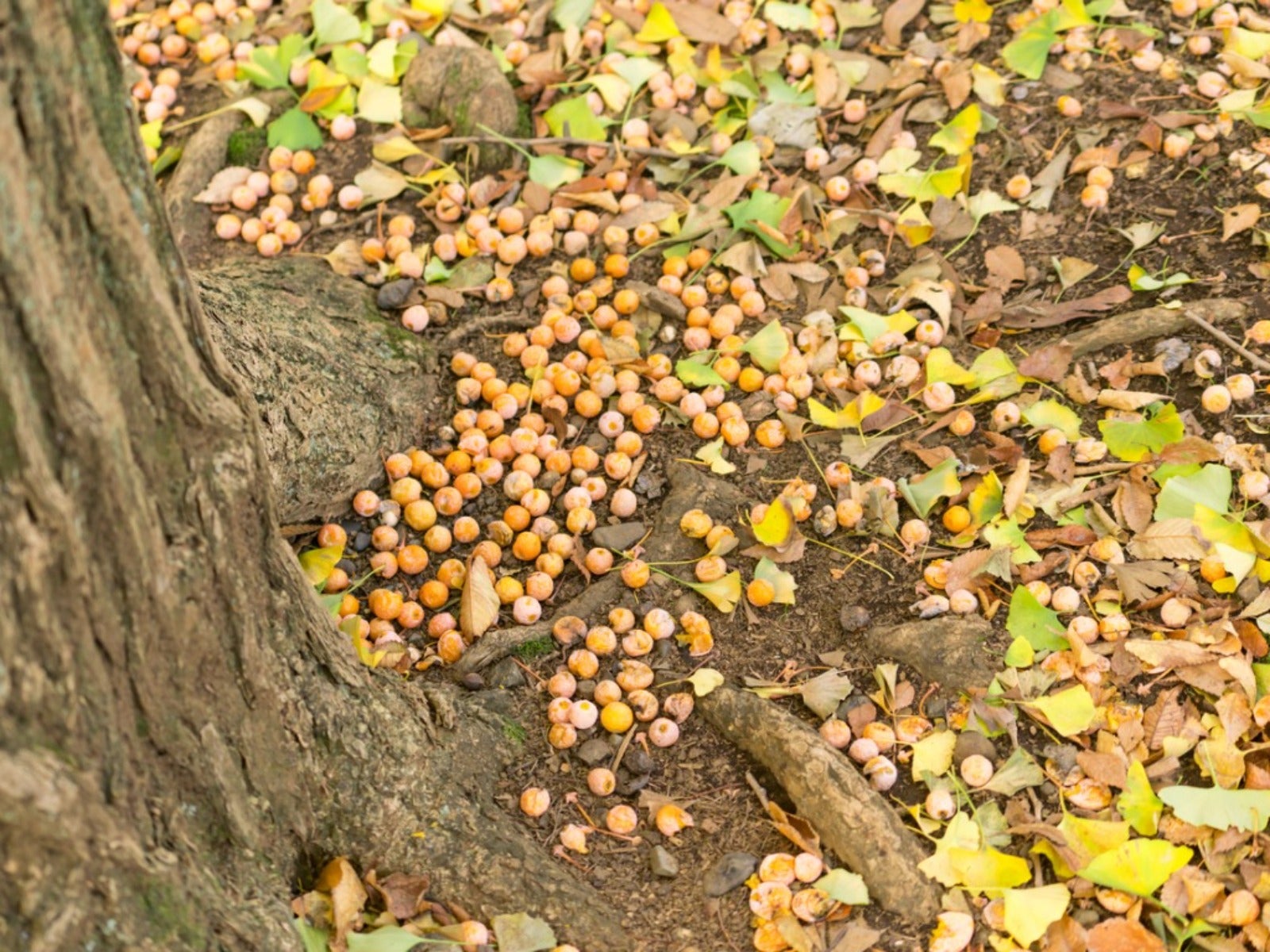 Messiest Trees That Drop Debris Everywhere
Messiest Trees That Drop Debris EverywhereWant to know which trees will create the biggest messes in your home landscape? Click here to find out.
By Amy Grant
-
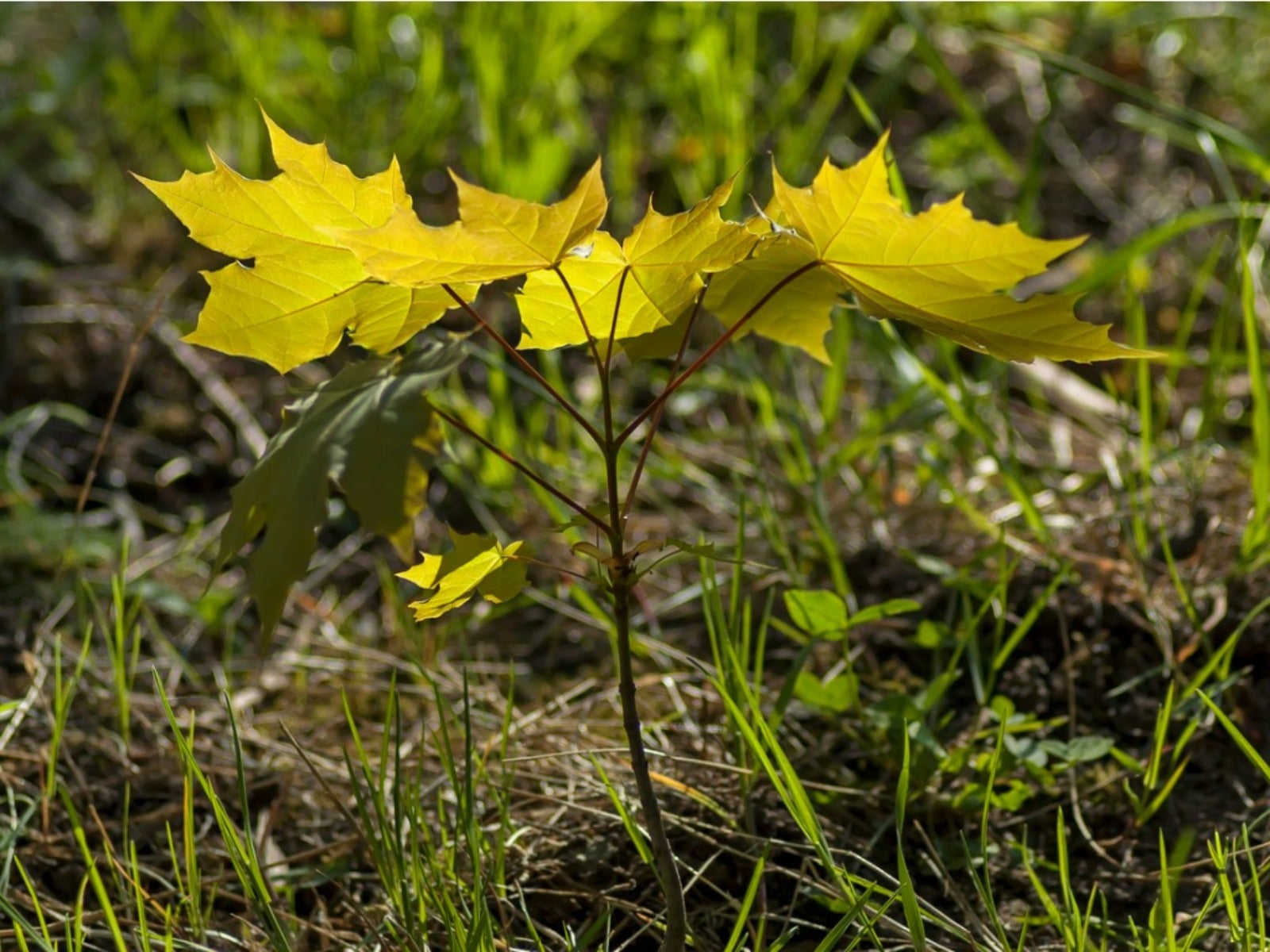 How To Get Rid Of Tree Sprouts In The Yard From Nearby Trees
How To Get Rid Of Tree Sprouts In The Yard From Nearby TreesLearn the simple way to keep pesky tree seedlings in your lawn from becoming saplings.
By Teo Spengler
-
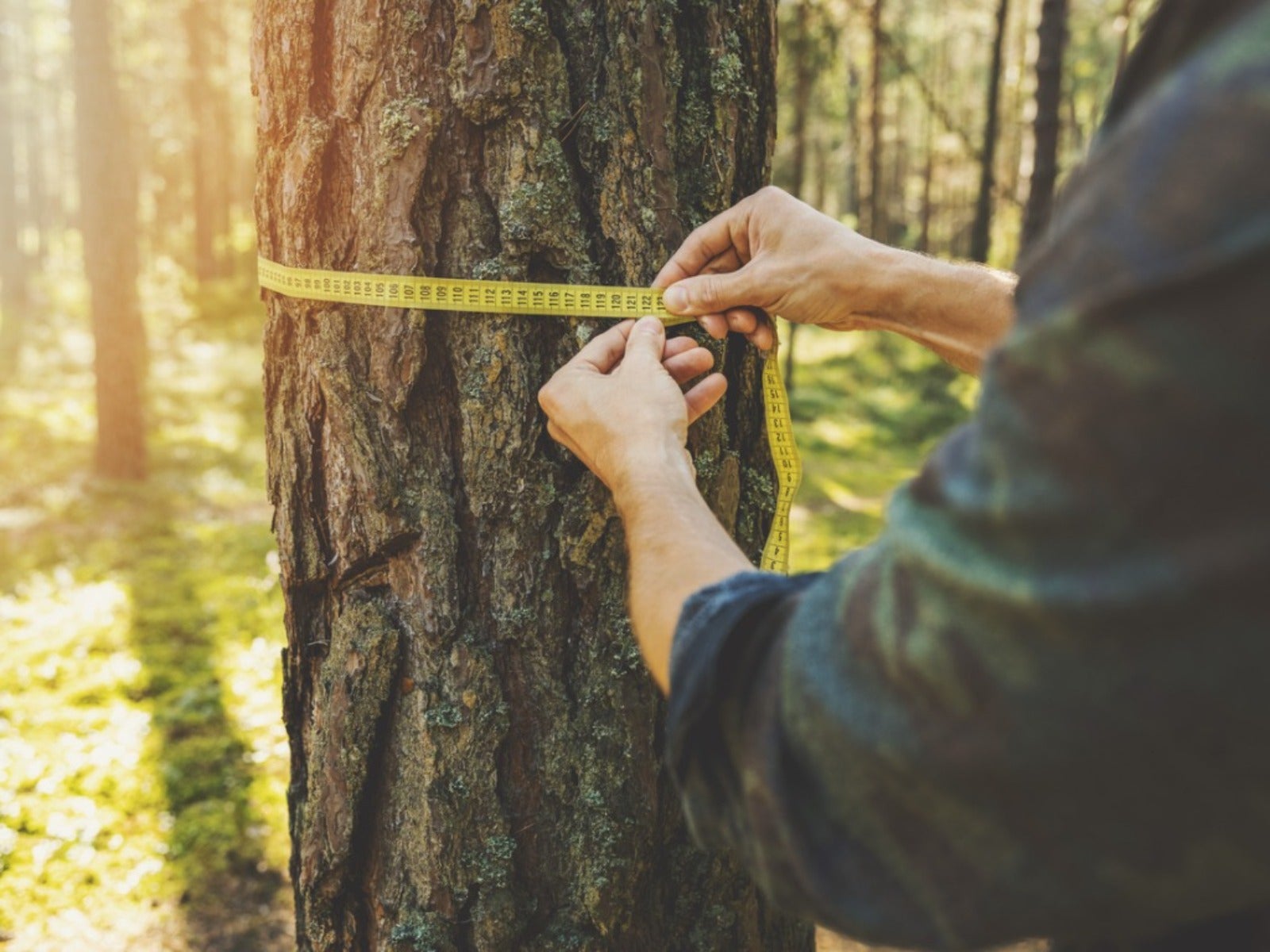 How To Tell How Old A Tree Is
How To Tell How Old A Tree IsEver wondered how to calculate the age of a tree? Click here to learn all about it.
By Teo Spengler
-
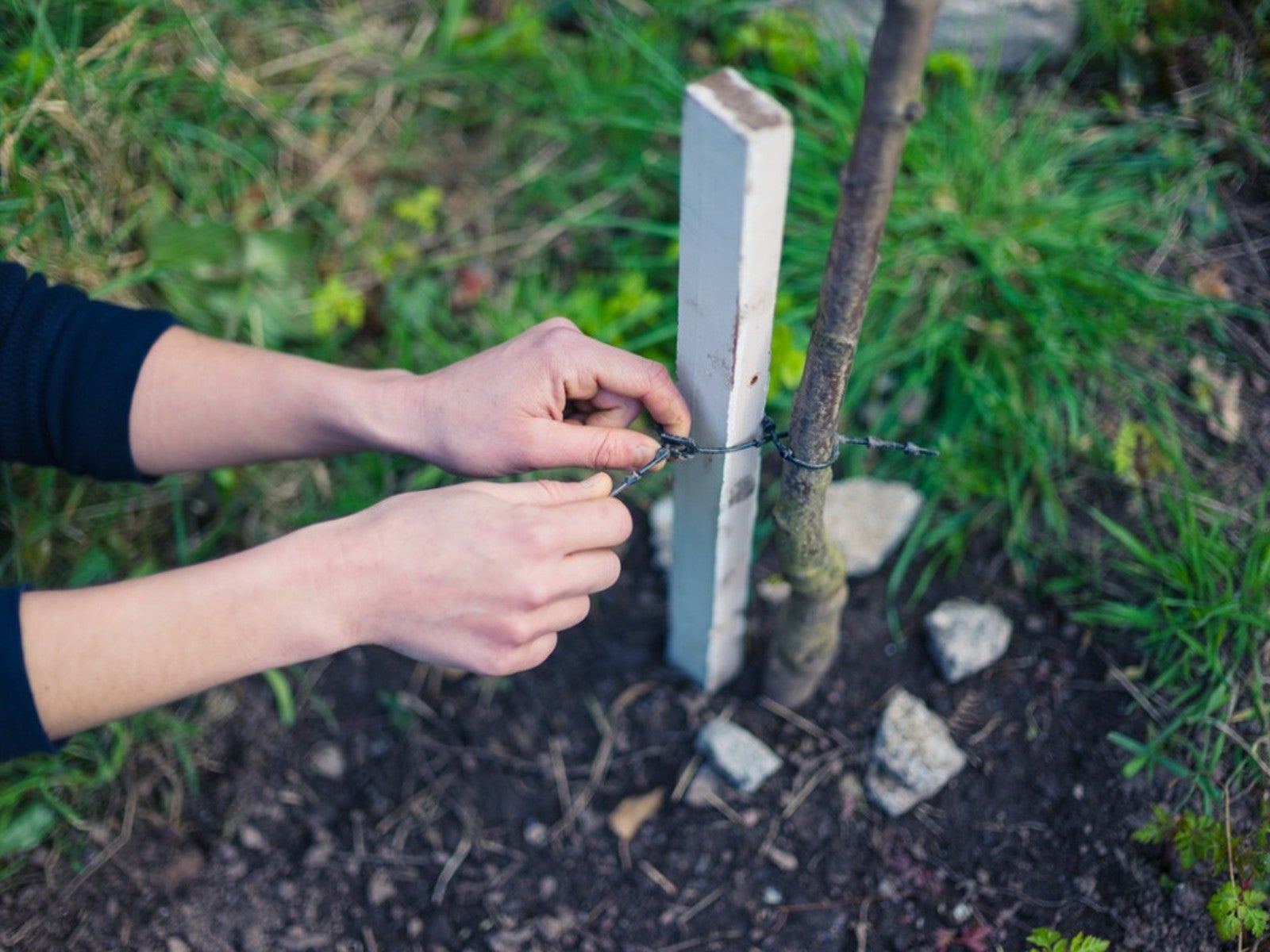 When To Remove Tree Stakes From Saplings
When To Remove Tree Stakes From SaplingsA newly planted tree may grow strong when it’s staked, but don’t forget to remove the stakes when it’s stable.
By Teo Spengler
-
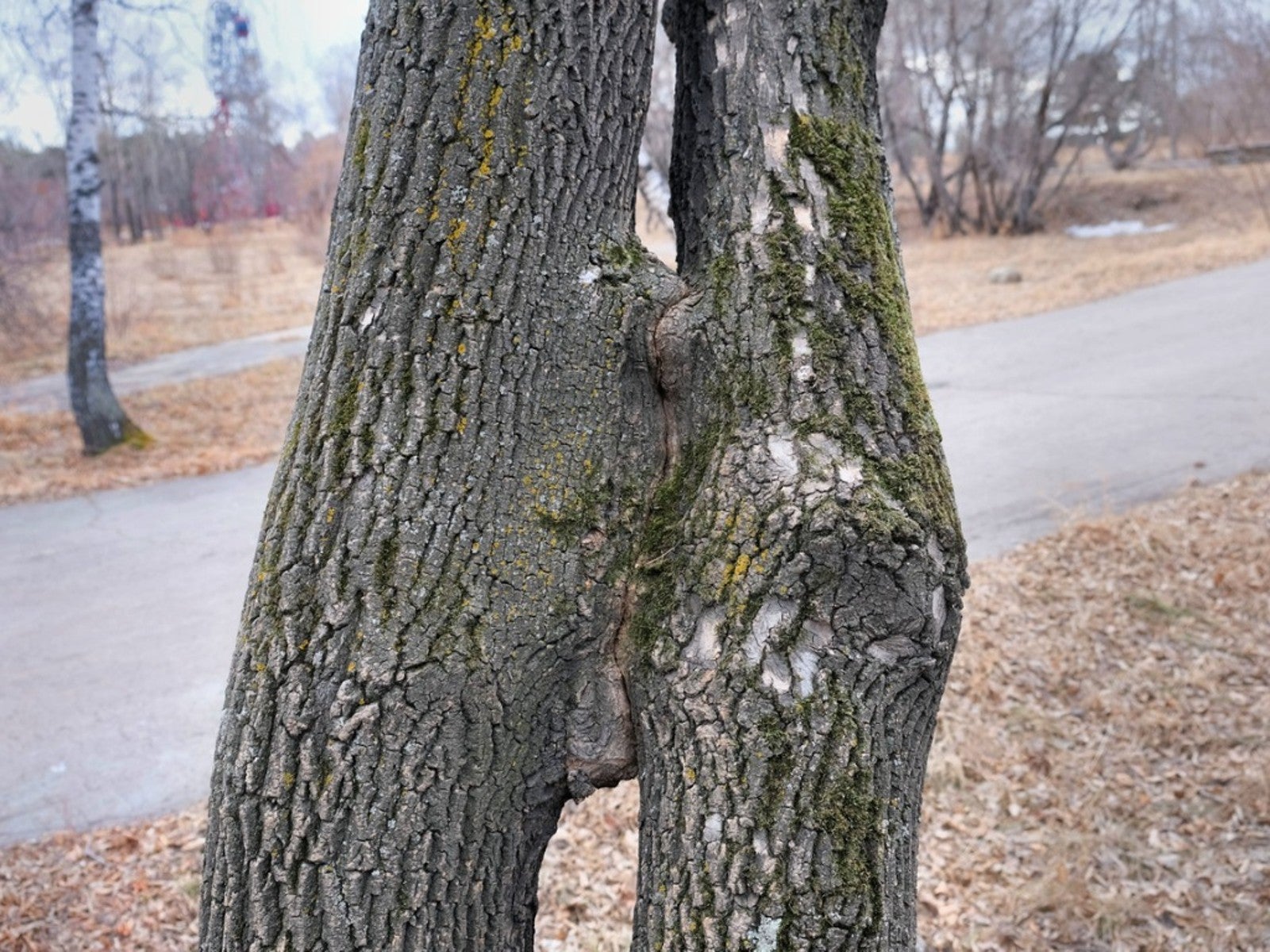 Inosculation And Trees Growing Together
Inosculation And Trees Growing TogetherIf you ever see two trees that have bonded and grown together, read here to learn why and how it happens.
By Teo Spengler